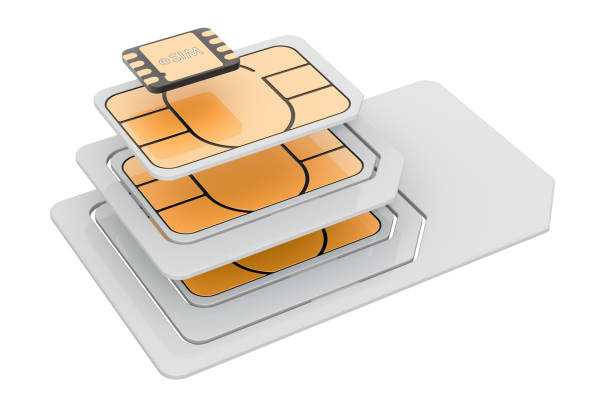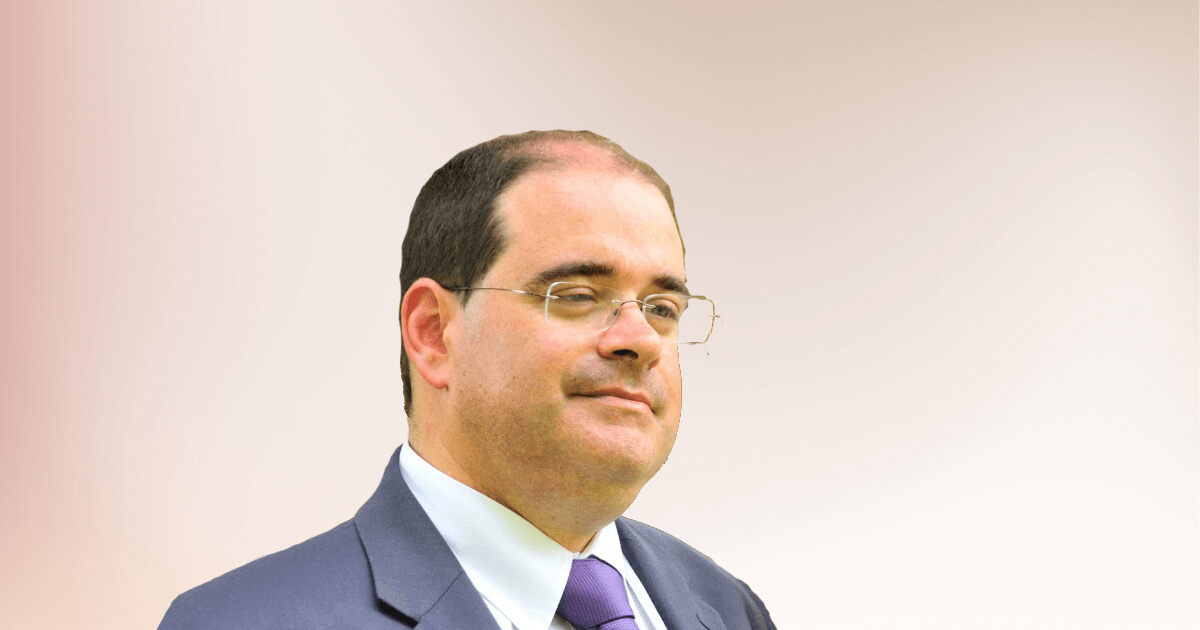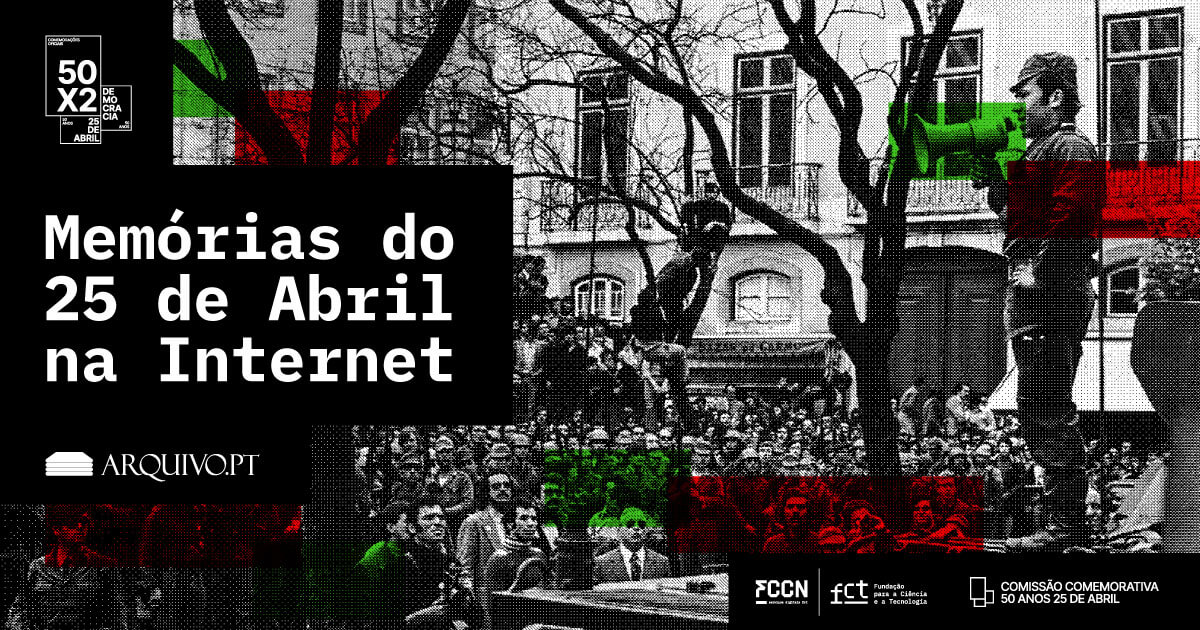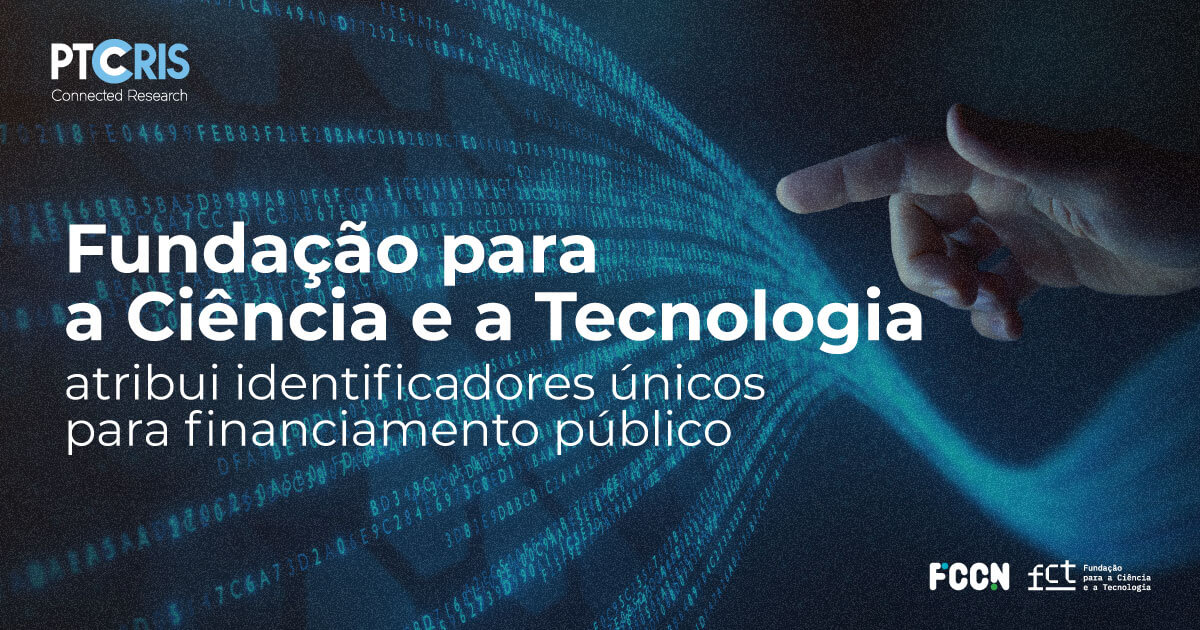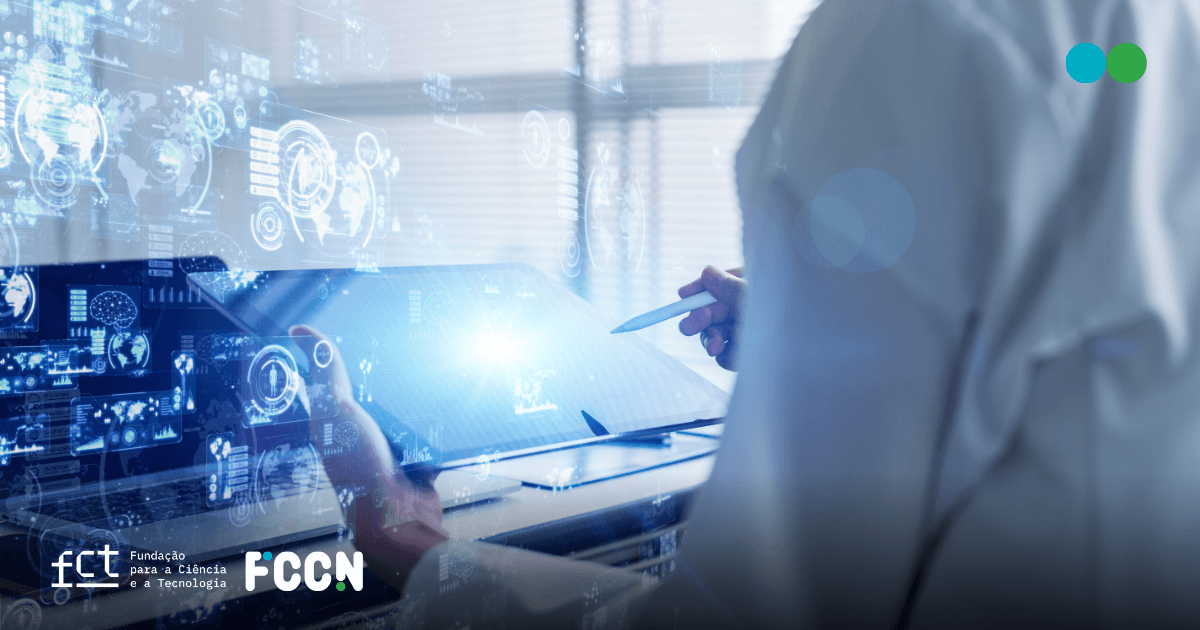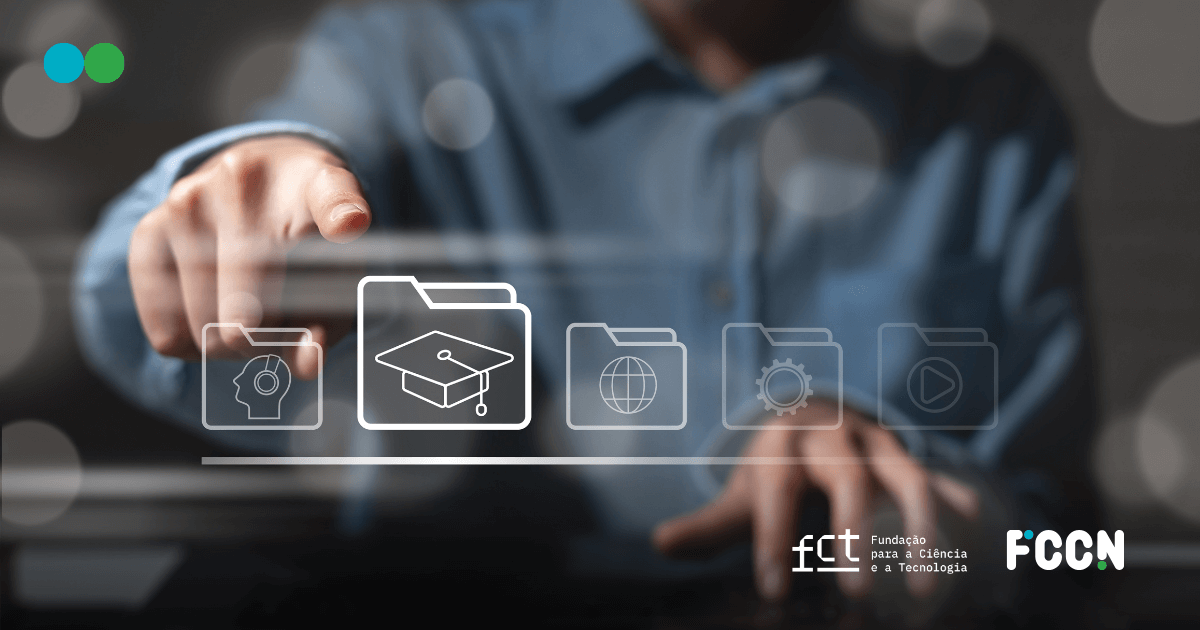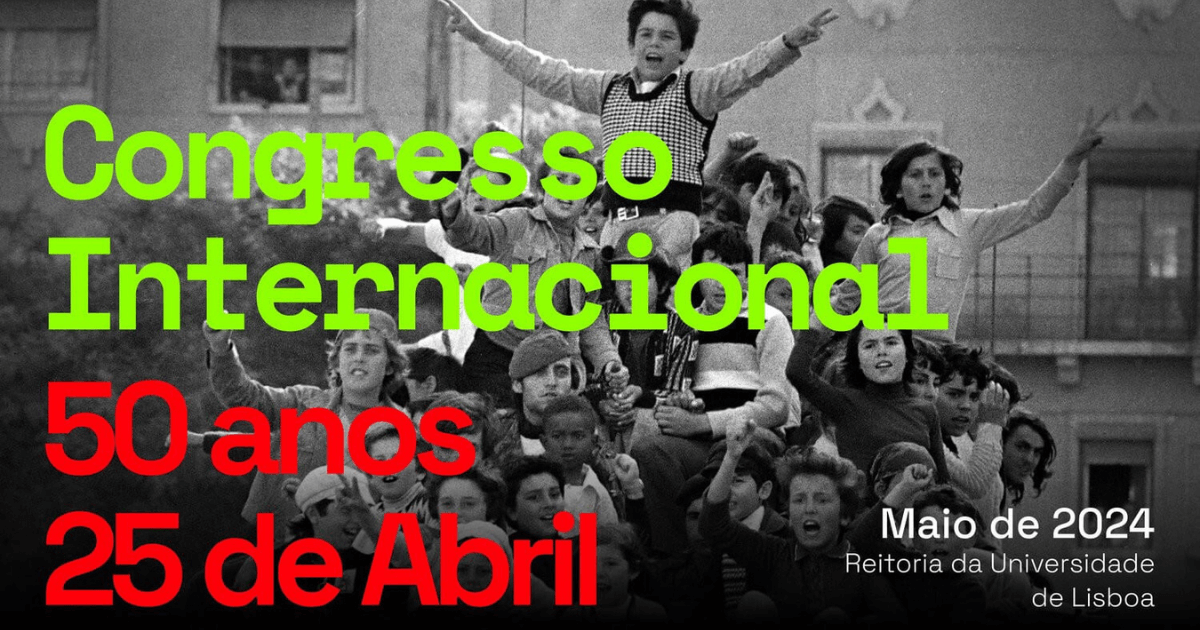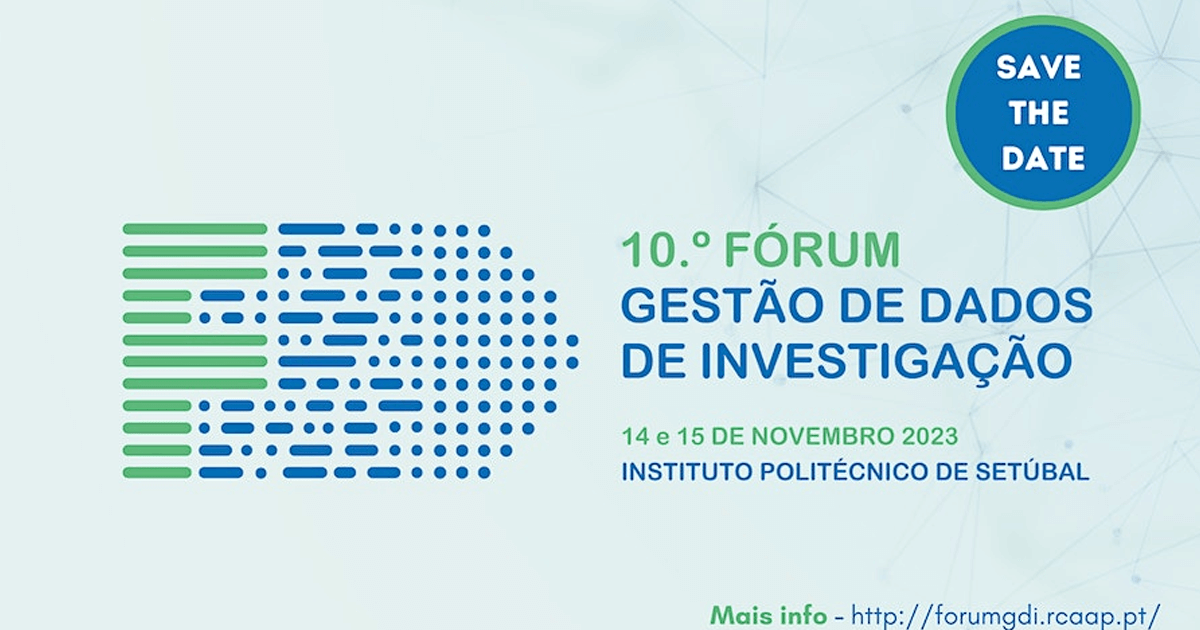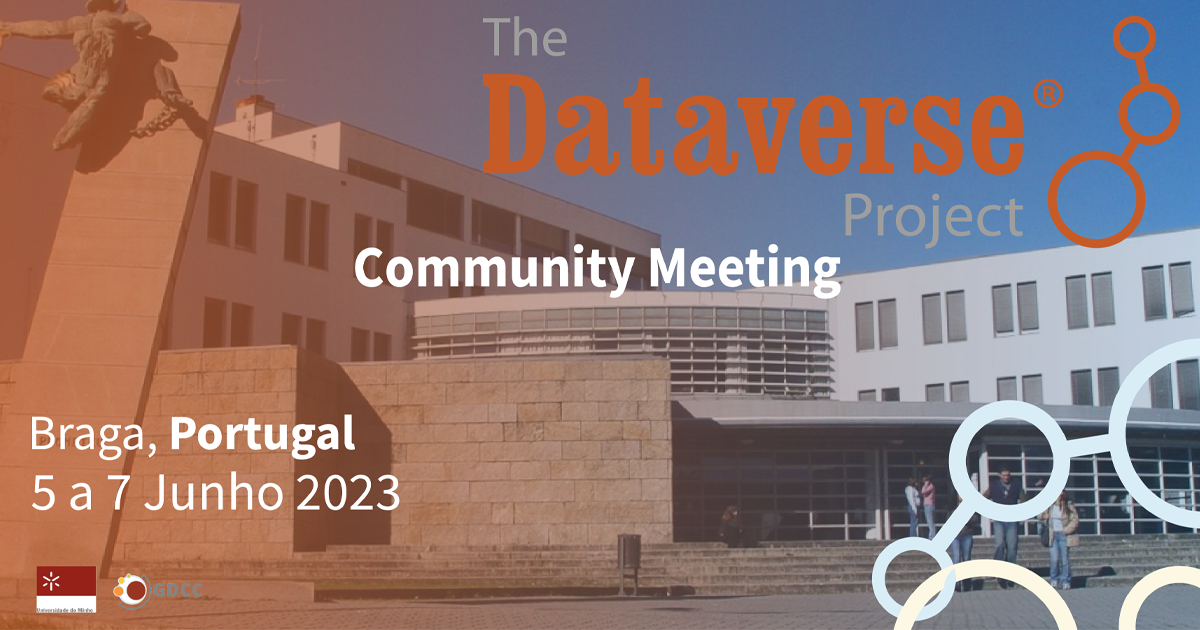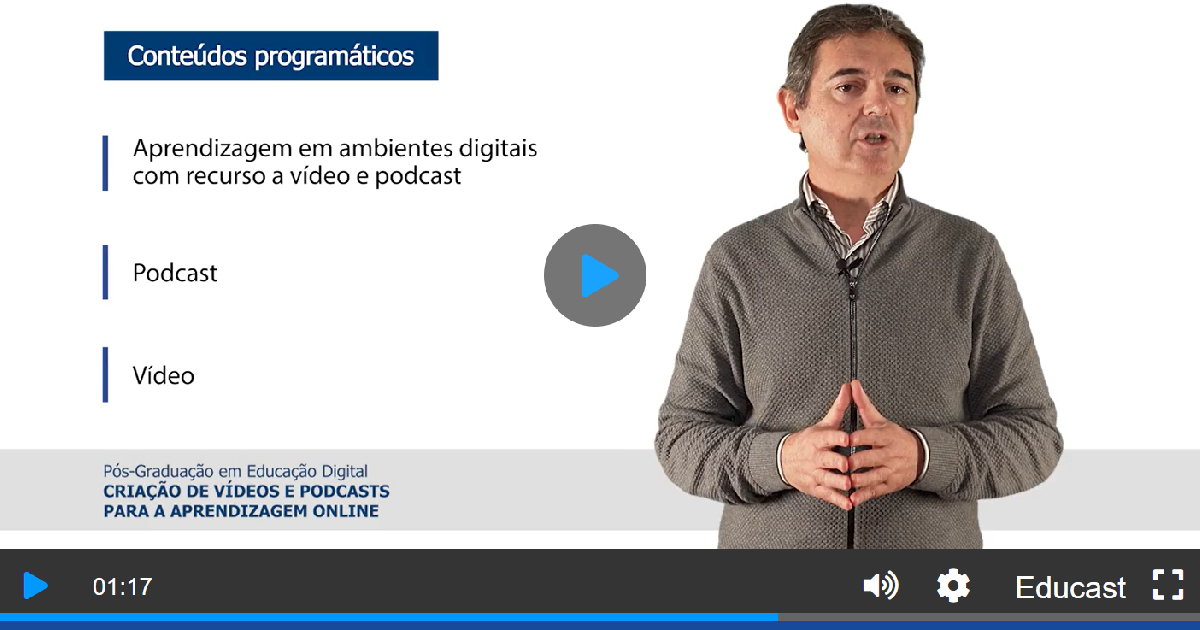
Vitor Manteigas, professor adjunto da Escola Superior de Tecnologia da Saúde de Lisboa (ESTeSL-IPL) e membro do Grupo de Trabalho para o Ensino a Distância do Politécnico de Lisboa (EaD@IPL), é o autor nosso convidado para nos ajudar na reflexão sobre a importância da tecnologia na educação e nos modelos pedagógicos atuais. Aborda assim a necessidade de adaptação da educação às exigências societais e da tecnologia, tendo em conta a evolução constante do processo de ensino-aprendizagem.
O autor discute ainda a relevância da capacitação dos profissionais da educação para o uso adequado da tecnologia, sobretudo no contexto do ensino superior. Um artigo que nos traz reflexões importantes sobre o papel da tecnologia na educação e a sua capacidade de potenciar o ensino em diferentes contextos sem, contudo, desumanizar o processo educativo.
A educação e as práticas pedagógicas têm sido, nos últimos anos, sujeitas a mudanças relevantes nomeadamente devido ao recurso a tecnologias digitais. Posto isto, o futuro da educação começou “ontem”.
Se é verdade que a educação tem forçosamente de dar resposta às necessidades societais, também é verdade que essa resposta implica, necessariamente, uma adaptação alicerçada na tecnologia.
A dúvida que, entretanto, subsiste é saber se a tecnologia tende a condicionar os modelos e as práticas pedagógicas ou se, por outro lado, tende a potenciar esta adaptação que se reconhece ser necessária e que já está em curso. Confesso rever, em ambos os casos, uma realidade atual. Não obstante, importa reconhecer que o grande desafio não é tanto, diria eu, tecnológico, mas sim mais social e cultural.
No processo de ensino-aprendizagem, o cenário tradicional da sala de aula convencional começa a fazer parte do passado, muito potenciado também pela situação pandémica vivenciada recentemente. Cada vez mais os processos de “autoeducação” e de ensino a distância, que agora não se esgotam na idade escolar e que se tendem a perpetuar “ao longo da vida”, têm vindo a ganhar terreno face ensino tradicional que vigorou durante anos.
Neste contexto, a exigência de múltiplos canais de aprendizagem, passíveis de serem usados em diferentes contextos educativos, obrigou (e obriga!) a que sejam encontradas soluções que requerem também uma maior interatividade, conectividade, mobilidade, ubiquidade e, por conseguinte, globalização. Por outro lado, importa reconhecer que a tecnologia, por si só, serve de muito pouco se a estratégia não passar cumulativamente pela capacitação dos profissionais da educação para o seu uso, estratégia essa que deve ser transversal a todos os níveis de ensino, desde o ensino básico e secundário, até ao ensino superior.
No caso particular do ensino superior, realidade que vou conhecendo de forma diferenciada, reconheço que tem havido um esforço na criação e manutenção de infraestruturas e de serviços com o objetivo de dar resposta às necessidades previamente identificadas. A tecnologia tende a alavancar “novos” modelos pedagógicos e metodologias de ensino e, dessa forma, potenciar a adaptação à qual urge dar continuidade.
O uso do vídeo enquanto complemento no processo de ensino-aprendizagem é cada vez mais frequente e constitui uma ferramenta poderosa que está a generalizar-se com a oferta de múltiplas plataformas que são cada vez menos vistas e usadas como repositórios. Cada vez mais estas plataformas são potentes serviços de gravação, edição e naturalmente de publicação e disseminação de conteúdo, seja de acesso limitado ou em regime de acesso livre. Estas são ferramentas de importância crescente, cujo uso não se esgota no contexto da educação formal, mas que nele tem um papel cada vez mais diferenciador.
Estas plataformas, de que é exemplo o Educast da FCCN (Unidade de Computação Científica da FCT – Fundação para a Ciência e a Tecnologia), para além de possibilitarem a gravação de aulas, a edição de vídeos online e a respetiva publicação, permitem ainda a sua integração em plataformas LMS – Learning Management System (Sistemas de Gestão de Aprendizagem), como é o caso do Moodle (Imagem 1).
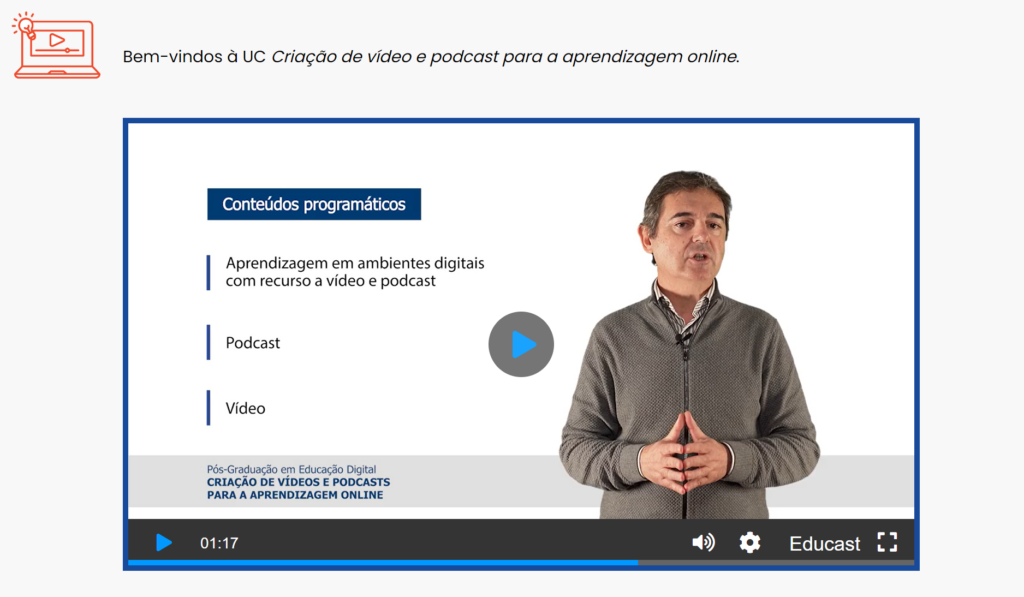
Imagem 1. Exemplo do uso do serviço Educast da FCCN, no ensino a distância. (imagem: Vitor Manteigas)
Atualmente, estamos perante instituições de ensino que têm ao seu dispor tecnologia que fez cair as fronteiras da instituição, fronteiras materializadas pelas paredes da sala de aula. Hoje, a sala de aula é a sala de estar, o jardim público, a biblioteca e o café do bairro, onde o professor deverá estar motivado e capacitado, continuando a ser aquele que concebe os percursos de aprendizagem deste ensino reinventado.
Reconhecemos que o futuro da educação começou “ontem” e a tecnologia tem sido importante, mas à laia de reflexão e desafio final, digamos que importa não “desumanizar” o ensino…

